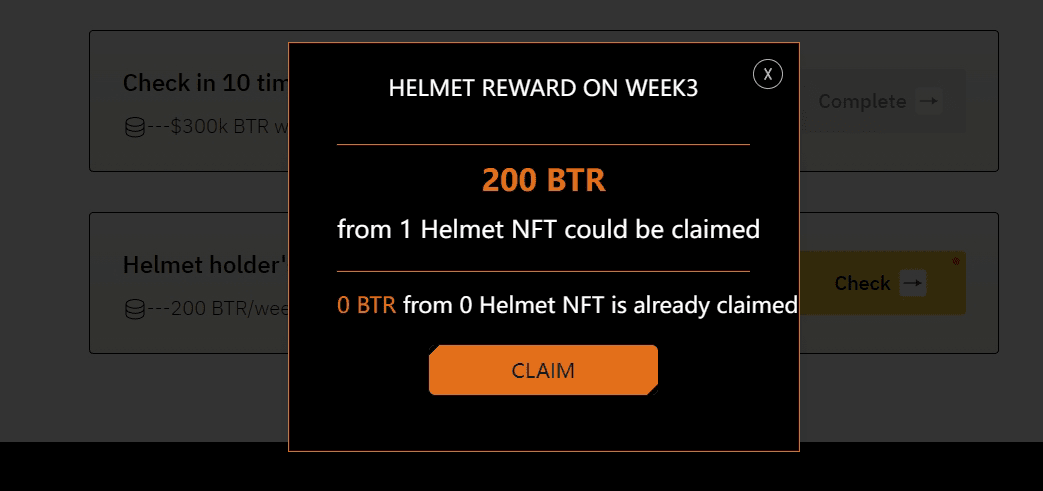In the context of Ethereum dominating smart contracts, the Bitcoin ecosystem has been seeking expansion paths. From Ordinals, Runes to BitVM, different mechanisms continuously refresh the application boundaries of Bitcoin. Bitlayer did not choose the 'hottest' track but instead focused on the 'most stable' path—building a truly deployable Bitcoin L2 with a dual-track solution compatible with EVM and supporting BitVM.
Technical aspect: BitVM + EVM, the 'stable player' on the dual-compatible path
Bitlayer has chosen Bitcoin's most native UTXO model in its architecture and has implemented support for BitVM on top of it. The significance of BitVM lies in its ability to simulate general computation on the Bitcoin chain through fraud proofs, allowing smart contracts to be validated within the Bitcoin network. Although still in its early stages, Bitlayer has pre-embedded the BitVM interface through architectural design, enabling direct interaction with the mainnet once the verification mechanism matures.
At the same time, Bitlayer introduces EVM compatibility at the current stage, maximizing the reuse of existing development resources and toolchains in the Ethereum ecosystem. This design makes Bitlayer one of the few projects capable of accommodating Ethereum developers while maintaining Bitcoin's security.
Ecosystem building: From small ecosystems to vertical ecosystems
Currently, Bitlayer's ecosystem is growing rapidly, with DEXs, cross-chain bridges, lending protocols, and NFT projects being launched one after another. According to unofficial statistics, its active on-chain addresses have surpassed 300,000, with TVL exceeding 50 million USD, and it continues to maintain stable growth daily.
The project establishes a bridge with the BTC mainnet through the Bitlayer Bridge and plans to introduce zk-proof verification mechanisms to further enhance efficiency. More importantly, BTR is no longer an 'air governance token'; it will play a core role in multiple aspects such as fee payment, ecological incentives, and interactive collateral.
Market expectations: Valuation trough vs. Real value support
Compared to some Bitcoin L2s that rely solely on narrative-driven growth, Bitlayer's market capitalization is still significantly undervalued. Based on on-chain activity and deployment speed, its user base has the momentum to break upwards. If the BitVM standard receives broad support, Bitlayer will become a natural entry point.
The team background of Bitlayer also enhances market confidence—most team members are former BTC Core contributors or DeFi engineers who have been deeply involved in the crypto industry for many years.
In the future, Bitlayer is expected to become an infrastructure-level presence in the BTC L2 battlefield, with its performance, security, and open design attracting a large number of BTC users and developers to migrate. The potential of BTR may not have been truly discovered by the market yet.



